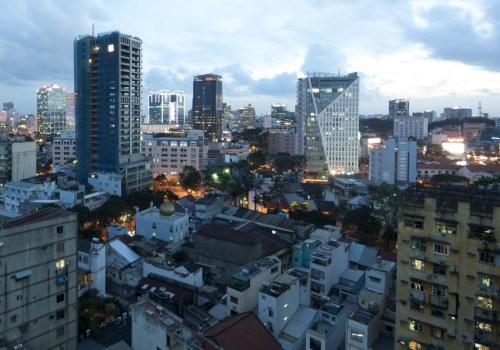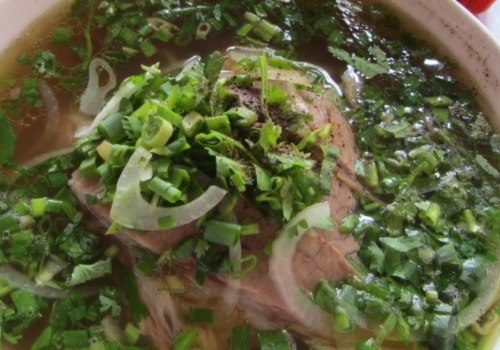The Vietnamese who stay in and around Ho Chi Minh City call the whole city Thành pho The city. Sài Gòn is used to call your area of District 1, or more specifically, area of the market of Ben Thành. People in Vietnam often call Ho Chi Minh City “Saigon” as a habit because it's a shorter way to get to the city. Another reason for the popularity of the name “Saigon” is that many foreign visitors find it easier to remember than “Ho Chi Minh City”, and the abbreviation “SGN” is also used for flights to or from Ho Chi Minh City.
Not only does Vietnam have two overwhelming and important cities of almost the same size, but one of them seems to have two names that are in use at the same time. In addition to Hanoi, the capital of the north of the country, there is also the city of Ho Chi Minh in the south. Or was it Saigon? Well, the official name is Ho Chi Minh City (often abbreviated “HCMC”), although the southern metropolis has been called saigon for centuries. Is it offensive to call either name? No, not at all.
The two names do not make any kind of political statement; we use them only as a habit of speaking. If you stay in the south of Vietnam, the name “Saigon” would sound more familiar and affectionate. However, people from other areas will prefer to use the official name of Ho Chi Minh City. When the North Vietnamese army took control on April 30, 1975, Saigon was renamed Ho Chi Minh City to honor Uncle Ho's sacrifice and leadership in the revolution.
Since the time of the original Vietnamese settlement, the informal name of Sài Gòn has remained in daily speech; apart from official affairs, it remains the most common way of referring to the city within Vietnam, despite a change of official name after the end of the Vietnam War in 1975.the origins of the Vietnamese name Saigon, whose etymology is discussed below. The area now occupied by the city was originally swampy, and was inhabited by the Khmer for centuries before the arrival of the Vietnamese. In 1698, Nguyn Hu Cảnh, a Vietnamese nobleman, was sent by the Nguyn rulers of Hupor by sea to establish Vietnamese administrative structures in the area, thus separating the area from Cambodia, which was not strong enough to intervene. Only seven of these nineteen inner districts (Quon in Vietnamese) have names (Tân Bình, Bình Thnh, Phú Nhuіn, ThDC, Bình Tân, Tân Phú and Gò Vp); the rest are numbered simply from one to twelve.
At that time, Saigon and the city of Cholon (Chlản), which was mainly inhabited by Vietnamese Chinese, were combined into an administrative unit, called the Capital of Saigon (Đô Thành Sài Gòn in Vietnamese). This name was maintained until the time of the French conquest in the 1860s, when the occupying force adopted the name Saïgon for the city, a Westernized form of the traditional Vietnamese name. Each inner district is subdivided into many neighborhoods (Phng in Vietnamese), while a suburban district generally consists of many communes and municipalities (Xã and Thn in Vietnamese). The growing waves of Vietnamese settlers, which the Cambodian kingdom, weakened by the war with Thailand, could not prevent, slowly vietnamized the area.
In the Vietnamese cotton tree it is called “Gon, the world” Sai means the wooden basket, which means that in the past there must be many cotton trees in this area. This theory of Khmer etymology is very interesting, given the Khmer context that existed when the first Vietnamese settlers arrived in the region. After the last Vietnamese dynasty ceded it to the French in 1862, the name Saigon was adopted and the city was urbanized to become a financial center of the region. .




